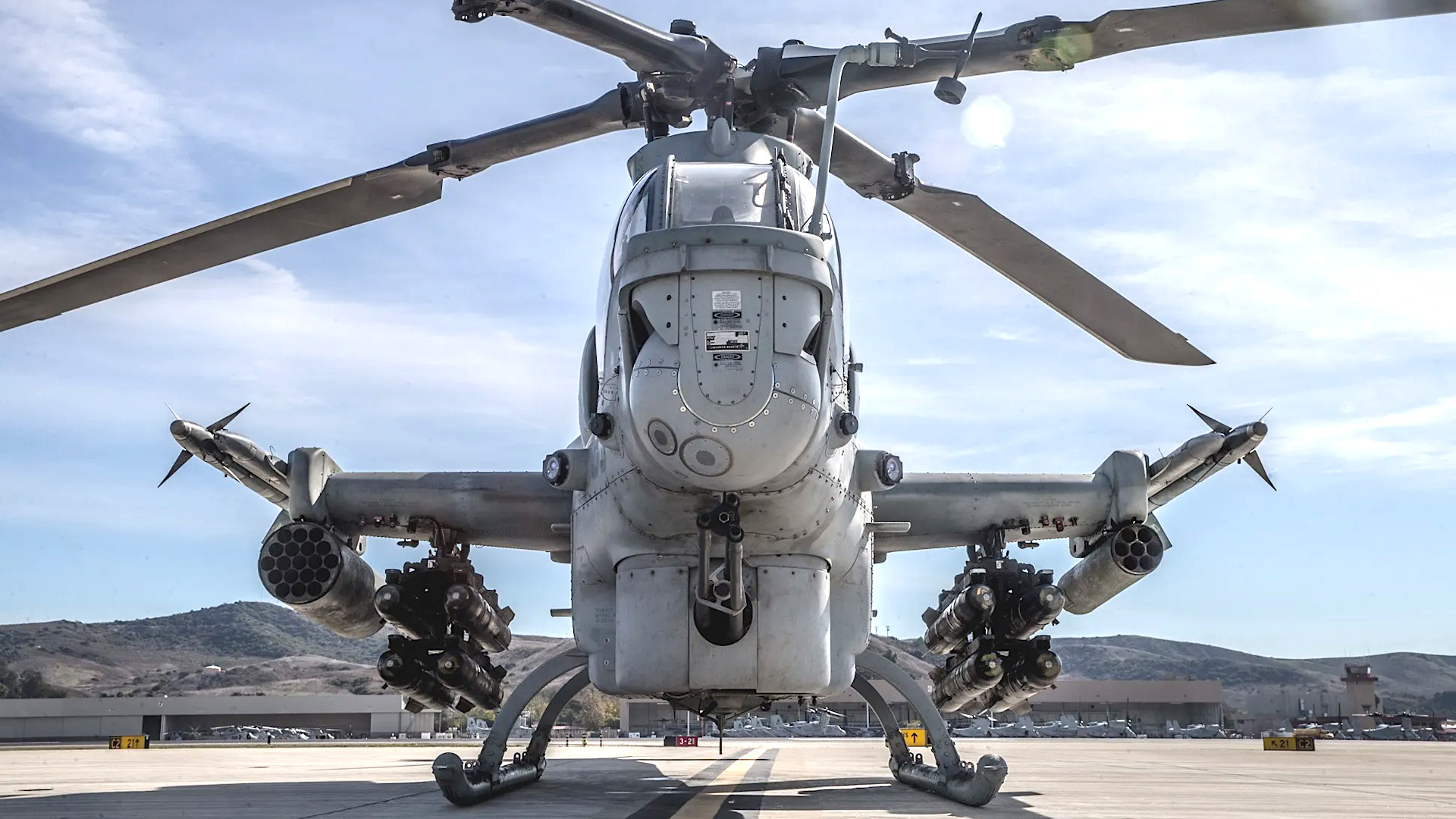The U.S. Marine Corps is transforming an unspecified U.S. Air Force missile into a weapon that will give its AH-1Z Viper attack helicopters the ability to strike moving targets on land and at sea 150 nautical miles away. This is exponentially further than the Vipers can reach with their existing air-to-surface munition options. The service has started flight testing this weapon, dubbed the Long Range Attack Missile (LRAM), and plans to conduct the first live-fire launch in Fiscal Year 2025.
Marine Col. Eric Ropella, head of Naval Air Systems Command’s (NAVAIR) Expeditionary and Maritime Aviation-Advanced Development Team (XMA-ADT), shared new details about the secretive LRAM effort with The War Zone and other attendees at the annual Modern Day Marine exposition earlier today. The Marine Corps resides within the Department of the Navy and NAVAIR serves as the central manager for aviation and other related programs both services.
“So take everything that you know about an AH-1 and [the] ordnance that it can throw off of it, and exceed that range by a lot, and you will get LRAM,” Ropella said by way of introduction.
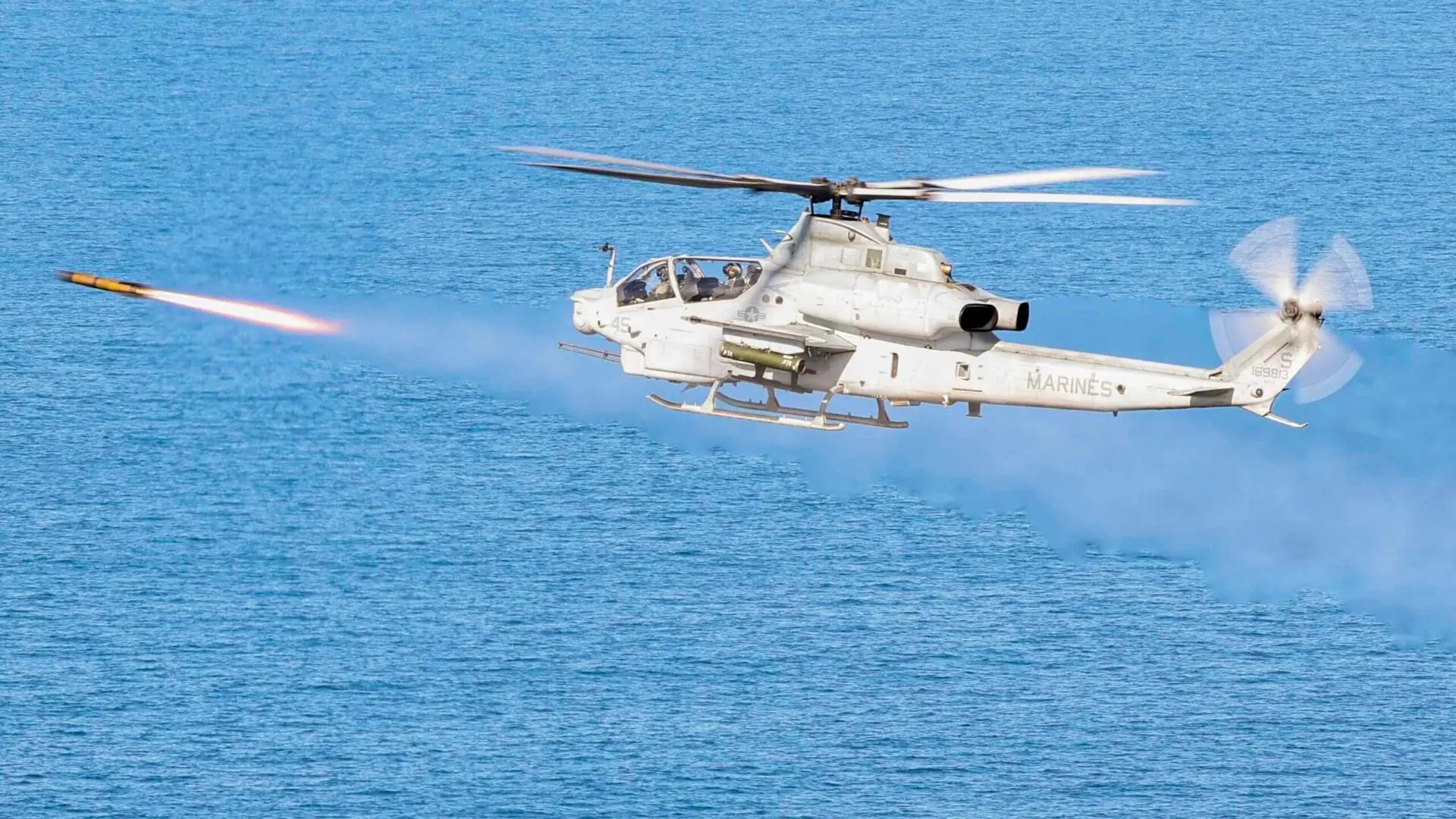
“So, we’re excited about that… we’ve flown with it, you know, attached to an [A]H-1 and the live fire testing will happen in [the] next fiscal year,” he continued. “So, super excited to do that. I know a lot of H-1 test pilots that are fighting to be the one that gets to pull the trigger on that first test.”
Specific details about the LRAM’s capabilities are limited, but the Marine Corps has said in the past that it will have a maximum range of at least 150 nautical miles (just over 170 miles or nearly 278 kilometers) and will be capable of engaging moving land and sea targets. The air-to-ground missiles currently available to Marine AH-1Zs are the AGM-114 Hellfire and AGM-179 Joint Air-to-Ground Missile (JAGM), which have stated maximum ranges of just over 6 and 4 nautical miles (seven and five miles or just over 11 and 8 kilometers), respectively. JAGM manufacturer Lockheed Martin has been developing an extended-range version of that missile that has roughly twice the range of the baseline design, or around eight nautical miles (10 miles or 16 kilometers).
Marine AH-1Zs can also fire AIM-9M Sidewinder air-to-air missiles and they are set to get much more capable AIM-9Xs in the future. The AIM-9X has a roughly 17-nautical-mile (20 miles or just over 32 kilometers) stated maximum range — although most practical engagements would be significantly shorter than that — which still doesn’t come close to what the Marines are looking at with LRAM.
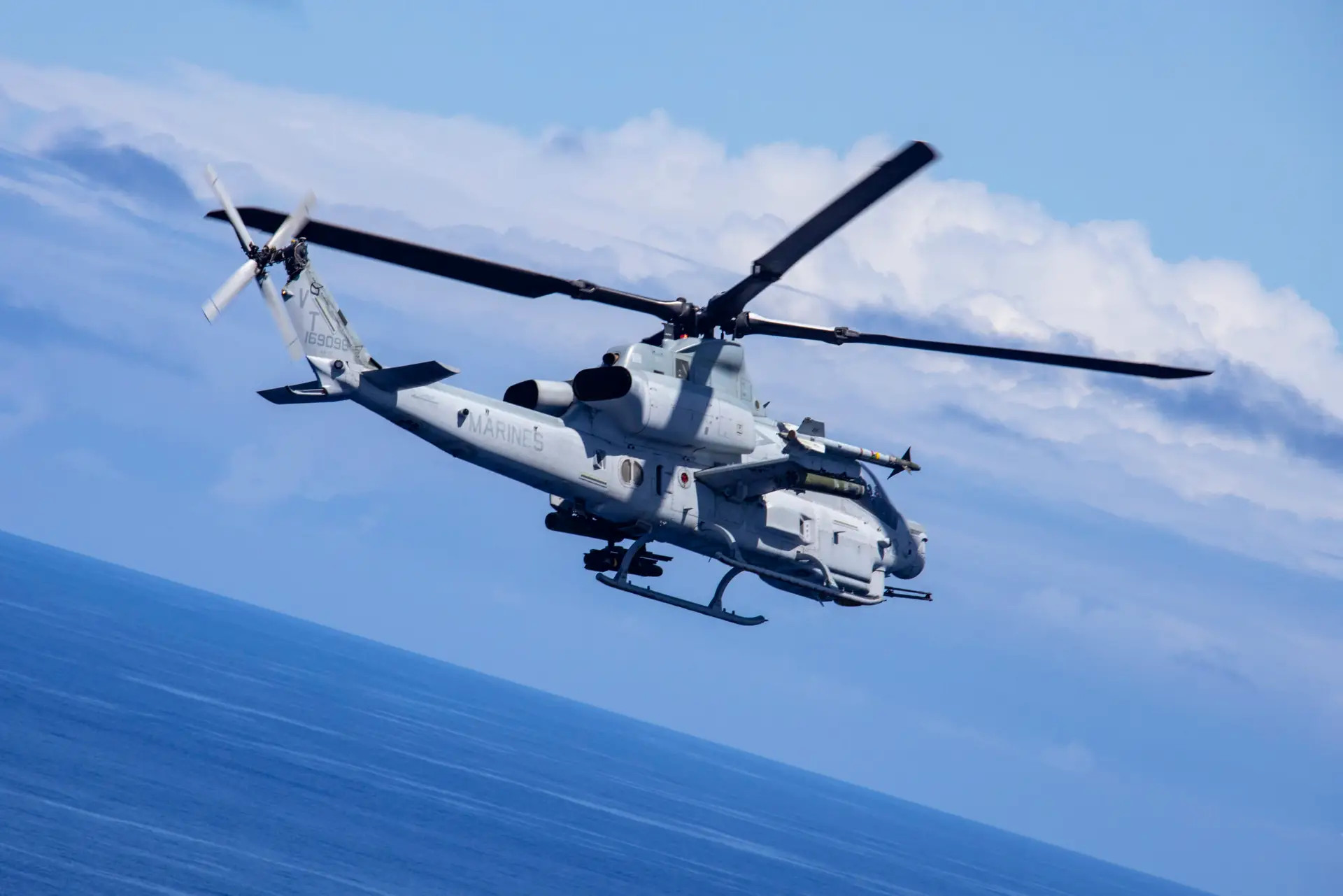
“There is some linkage with the Air Force,” Col. Ropella said when asked for more details about the design at Modern Day Marine. “We’re taking one of their missiles and were adapting it for use on a rotary wing aircraft.”
The Marine officer was responding to a question about whether the Marine missile had any connection to the Navy’s Multi-Mission Affordable Capacity Effector (MACE) project or the Air Force’s Extended Range Attack Munition (ERAM) effort. Both MACE and ERAM are exploring compact cruise missiles, but with an eye toward designs with even more range than LRAM is expected to have. You can read more about those two projects here.
When asked to name the Air Force missile in question, Ropella declined to say. There are no immediately obvious candidates in that service’s inventory that align with LRAM’s projected range and other capabilities as they are currently known.

One possibility could be that LRAM will be based on the Air Force’s in-development Stand-in Attack Weapon (SiAW). Details about SiAW’s range, or that of the AGM-88G Advanced Anti-Radiation Guided Missile-Extended Range (AARGM-ER) from which it is derived, have not been publicly released to date. SiAW has been described as a more multi-purpose strike weapon based on the AARGM-ER, which is primarily intended to be used to knock out enemy air defense radars. AARGM-ER, which is a Navy-managed system, does have a secondary capability general strike capability, as well.
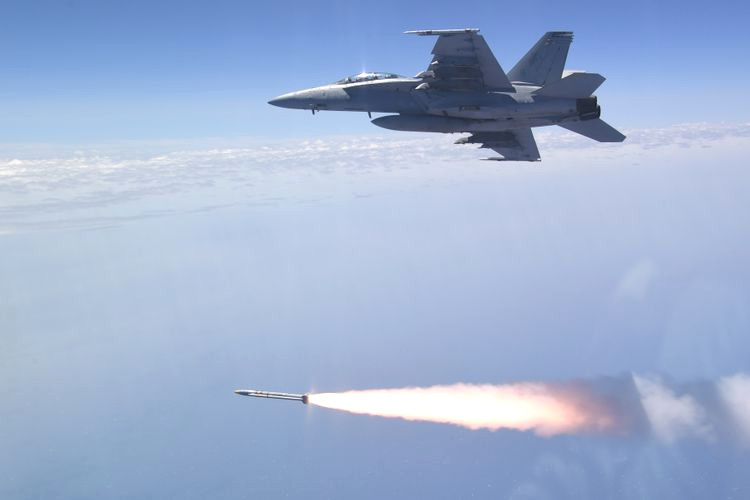
The Air Force missile that is serving as the basis for LRAM could also be one that is still in the classified realm or that has otherwise not been disclosed. Lockheed Martin unveiled a previously unknown hypersonic missile called Mako, which company’s entry into the SiAW competition, just last month.
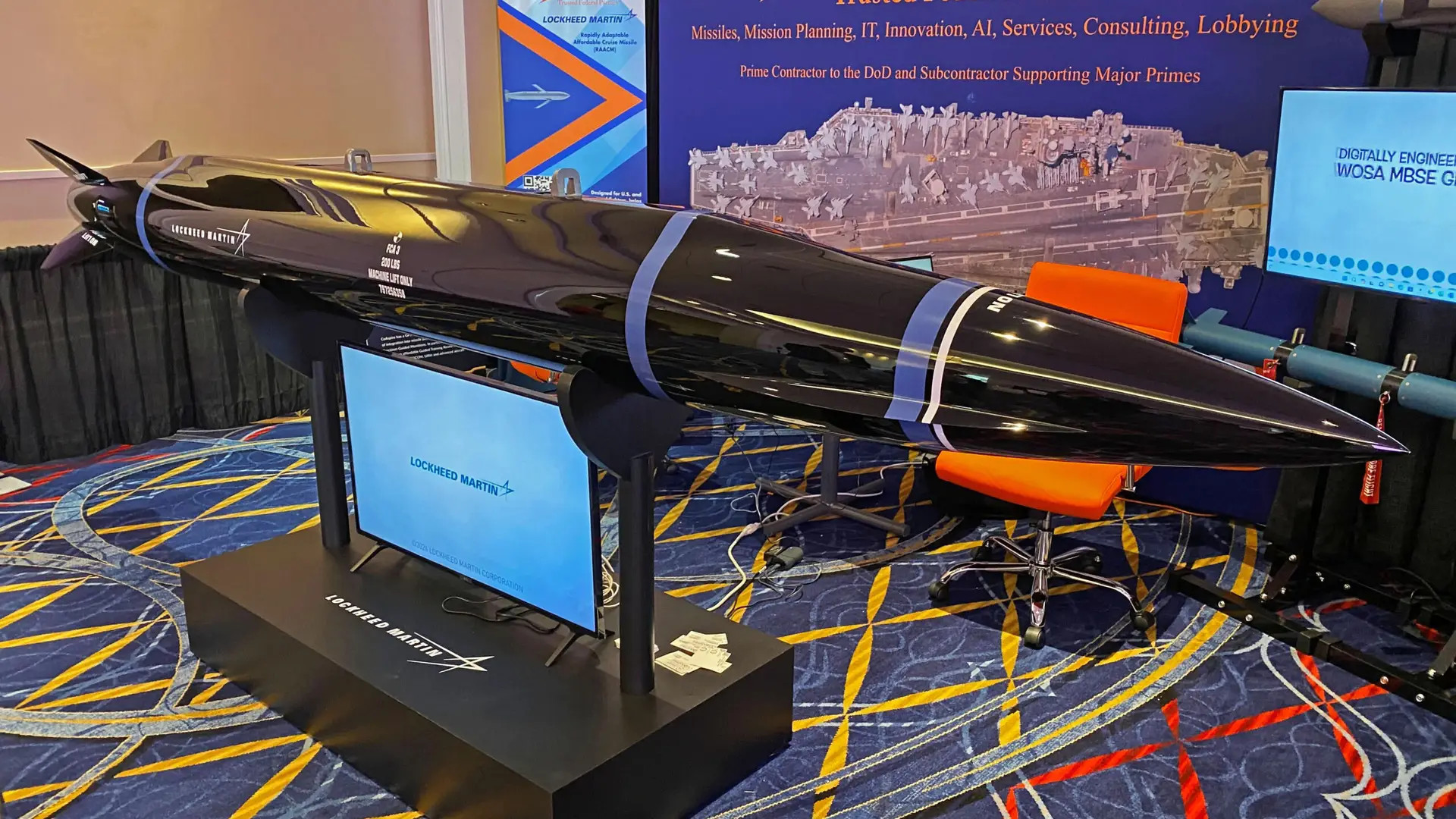
There is also the potential for LRAM to emerge as something that may not be a missile in a traditional sense. The Marine Corps has been publicly experimenting with longer-range loitering munitions capable of being controlled by personnel riding in UH-1Y Venom armed light utility helicopters, as well as other nodes on the ground, in the air, and at sea.
When it comes to targeting, while no details have been released so far about LRAM guidance package, its range will greatly exceed how far the AH-1Z’s existing sensors can ‘see.’ Additional sensors could potentially be added to these helicopters. A small add-on radar system has been tested on the AH-1Z to a limited degree for use in conjunction with the much shorter-range AGM-114L Longbow Hellfire.
The Marines have said in the past that LRAM is also expected to be employed in “collaboration with 5th generation aircraft and network-enabled targeting sources.” The War Zone has previously explored how similar third-party cueing could work in the context of the potential integration of the AIM-120 Advanced Medium Range Air-to-Air Missile (AMRAAM) on the AH-1Z.
Regardless of what its exact design and how it might be cued, LRAM looks set to be an important way of keeping AH-1Zs relevant in future high-end conflicts by giving them a valuable longer-range strike capability. The AH-1Z’s utility, as well as that of the UH-1Y, in a future high-end fight, especially a potential one against China in the Pacific, has been called into question in recent years. The Marine Corps has been shuttering AH-1Z/UH-1Y-equipped squadrons as part of the dramatic Force Design 2030 restructuring effort, which is centered on still-evolving expeditionary and distributed concepts of operation.

“I was a bit frustrated about the conversation they were having about what the next fight looks like. It was about a fight with a peer competitor and the distances we had over water with China and that H-1s were not going to be there,” Col. Nathan Marvel, then commander of Marine Aircraft Group 39 (MAG-39) based at Marine Corps Air Station Camp Pendleton in California, told The War Zone in an interview last year. “I was like yes they are. Not only are we going to be there but we are going to be right beside the Marines in the field because that’s what we do.”
Col. Marvel spoke to us to outline a detailed case for the continued relevance of the AH-1Z, as well as the UH-1Y, in a future major fight in the Pacific, which you can find here. He is now the head of the Rapid Capabilities Office and Science and Technology Directorate within the Marine Corps Warfighting Lab (MCWL).
“Coming back to that interoperability, it’s multiple pathways and multiple waveforms. I don’t think we say kill chains anymore, because it’s not a linkage of nodes, It’s a linkage of webs,” Marvel explained. “We may very well be an enabler where you’re pushing data through us via voice and or data and we may very well be the end of that kill web or that kill chain enabler as well. We may tell someone where something is so they can go kill it or we maintain custody or someone may tell us where something is so we can go kill it like we have traditionally done. Interoperability is a huge focus for us.”
“We are going to be able to carry a Potpourri of weapons. It would not be unheard of to hang some exquisite fixed-wing fighter weapons on the wing-stub of a cobra and bring that to a fight,” Marvel also told us last year. “It may be a loitering weapon or maybe an exquisite pod that does only certain things that we’re used to seeing on fixed-wing aircraft and bring that to the fight and put that down at the rotor wing level to enable the battlespace commander and the maneuver element commander to do things that they may or may not have thought they could do before. So that’s kind of where we are with capabilities buildup.”

LRAM, which we now know is based on an Air Force missile, is fully in line with the vision Marvel laid out to us. The weapon looks set to give AH-1Zs, and potentially other platforms, dramatically more reach and enable them to prosecute new categories of targets as part of larger future ‘kill webs.’
More information about LRAM may now continue to emerge as the Marine Corps gets closer to living firing one of these weapons for the first time in the next year.
Contact the author: joe@twz.com
